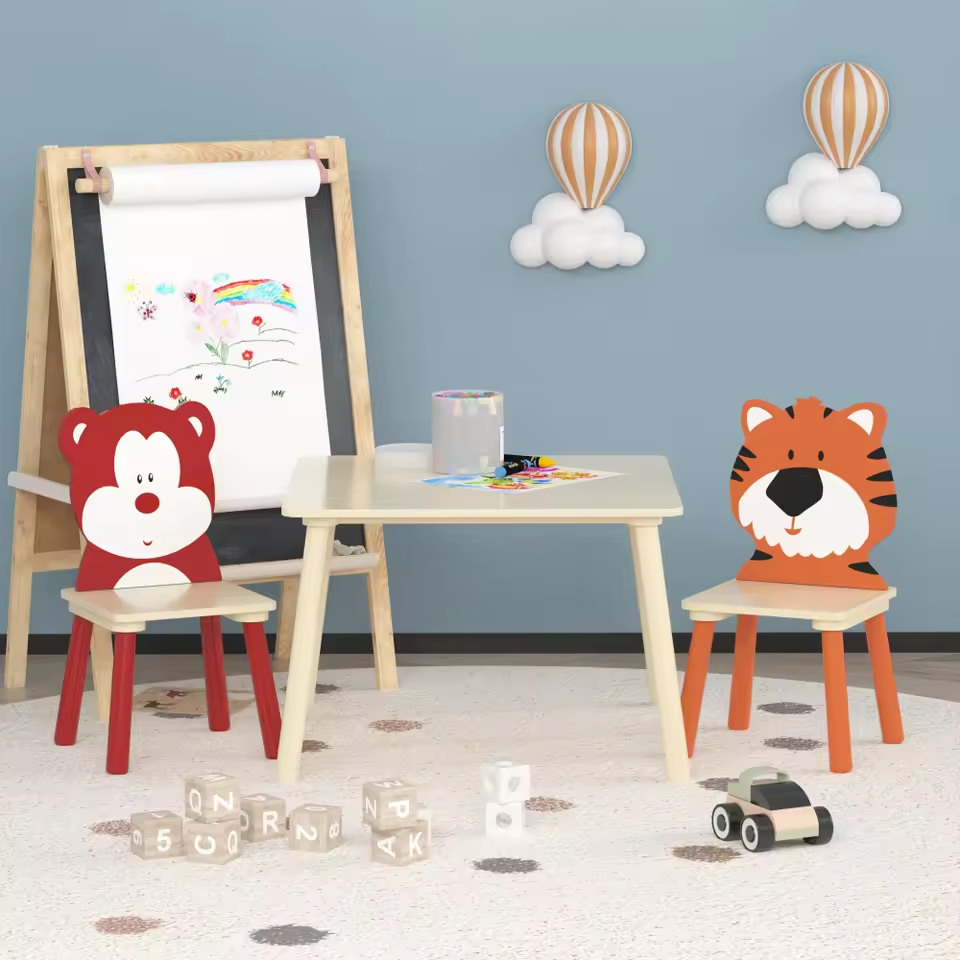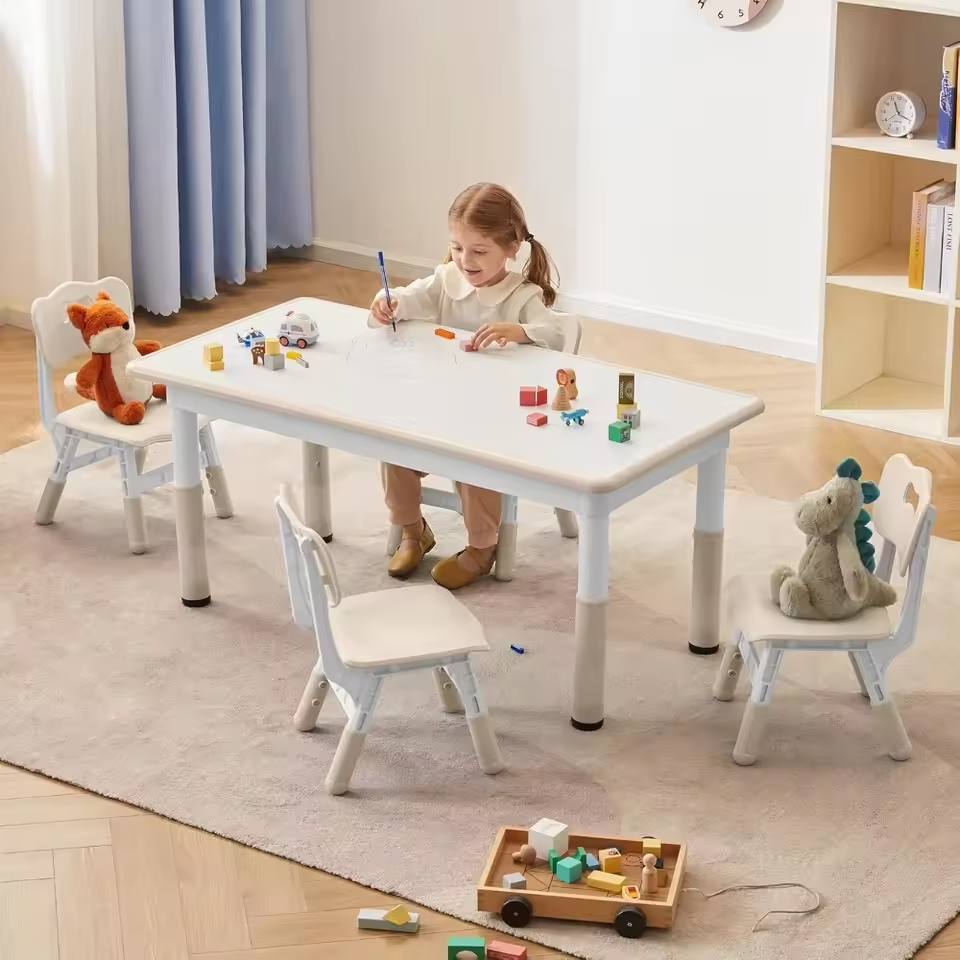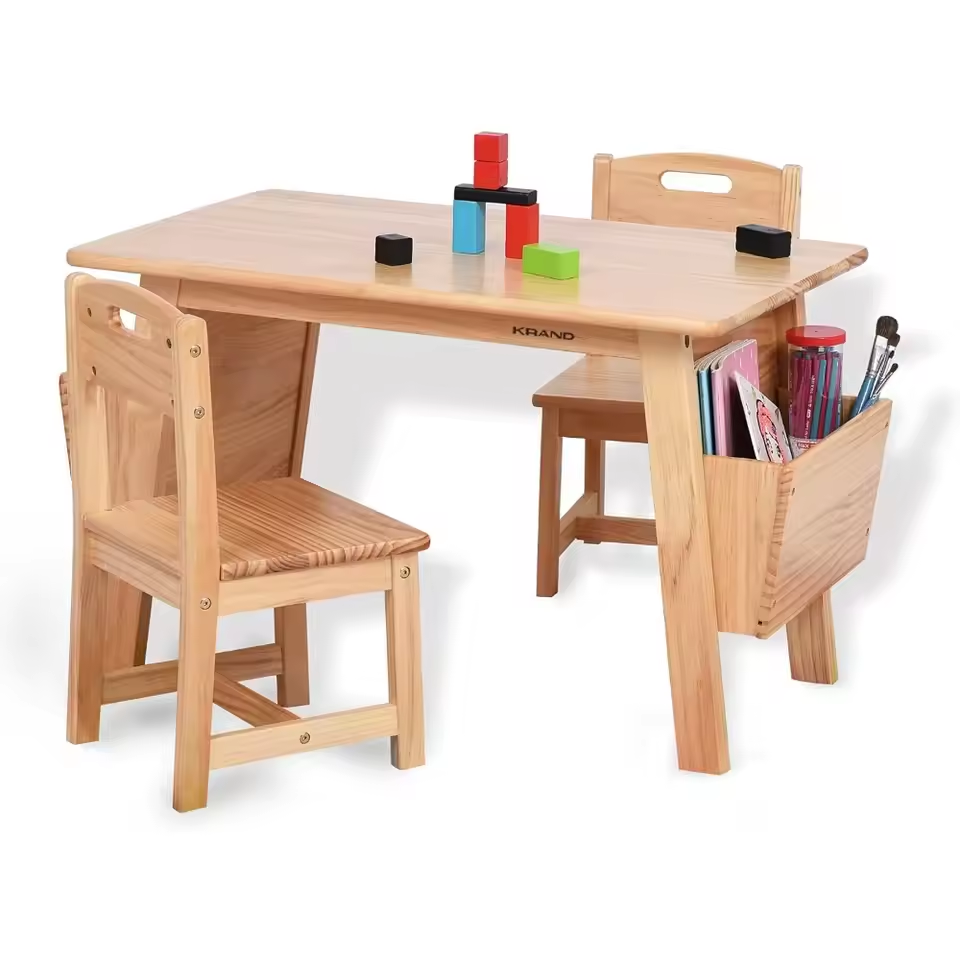The Benefits of Having a Kids Activity Desk
Creating a dedicated space for children to play and learn comes with a variety of benefits. First and foremost, a kids activity desk provides a structured area where kids can focus on their projects. This encourages concentration and helps to develop a routine, which is vital for young children. With their own activity desk, kids take ownership of their space and learn to keep it organized and clean, instilling a sense of responsibility.

Providing the right environment can also spark creativity. Children often feel inspired to draw, paint, and create when they have the tools and space to do so. Their confidence grows as they see their work taking shape on the activity desk. Educational development is another significant advantage. A kid’s activity desk is a perfect spot for them to work on puzzles, writing, math, or science activities, bolstering their learning journey. Additionally, having their own desk minimizes distractions, allowing kids to concentrate more fully on tasks at hand.
Social skills are not left behind either. Activity desks can host group projects, playdates, and collaborative learning opportunities. The desk becomes a hub for interaction, teaching kids about sharing, teamwork, and communication in the process.
Finally, a kids activity desk is ideal for helping to strike a balance between screen time and traditional play. It offers a clearly defined area where tech can be put away, and hands-on activities become the focus. In doing this, it supports healthier lifestyle choices, which is a cornerstone of child development. A dedicated play area like an activity desk is not just a piece of furniture; it’s a beneficial tool for growth in various dimensions.
Essential Features of a Kids Activity Desk
When selecting a kids activity desk, certain features are crucial for maximizing the benefits discussed earlier. Here are some essential features to look for:
- Adjustability: Choose a desk that can grow with your child. Adjustable height and tilting options allow for a custom fit that can prevent discomfort and postural issues.
- Durability: Kids can be tough on furniture. Look for a desk that’s sturdy and built to last. Materials like solid wood or metal can withstand heavy use.
- Storage: Desks with built-in shelves, drawers, or cubbies help to keep supplies organized. This keeps the workspace neat and teaches your child how to manage their belongings.
- Surface Area: Ensure that the desk has ample space for your child to spread out their projects and activities. Adequate surface space inspires creativity and prevents clutter.
- Safety: Rounded corners, non-toxic materials, and a stable design are important for protecting your little ones as they play and learn.
- Personalization: A desk with options for personal touches such as color choices or spaces to display artwork can make the desk feel truly special to your child.
- Ease of Cleaning: Look for desks with wipeable surfaces to easily clean up spills and marks from arts and crafts activities.
Incorporating these features into a kids activity desk will ensure it is a conducive environment for play, creativity, and learning. The desk should be inviting and serve as a versatile, practical space for your child to explore their imagination while also being functional for homework and study time.
Choosing the Right Size and Ergonomics
When picking out a kids activity desk, size and ergonomics are key. Start by choosing a desk that matches your child’s height. This prevents them from straining their arms and shoulders. An ergonomic chair that supports good posture is just as important. Look for chairs and desks that adjust in height. This way, the desk can adapt as your child grows.
Here are some size and ergonomic guidelines to keep in mind:
- Desk Height: The desk should reach your child’s waist when they’re sitting. This ensures their arms rest comfortably while writing or drawing.
- Chair Support: Make sure the chair supports the curve of the back. The feet should rest flat on the ground or on a footrest.
- Leg Room: Check that there’s plenty of space under the desk for leg movement. This avoids cramped legs and promotes better circulation.
- Desk Shape: A desk with a slight curve allows your child to reach everything with ease. It also makes for a more comfortable workspace.
- Viewing Distance: Position the desk to help your child keep a safe distance from the screen. If a computer is used, eyes should be level with the top of the monitor.
- Writing Surface: Get a desk with a non-reflective surface. This reduces glare and helps prevent eye strain.
Ergonomic furniture can have a big impact on comfort and concentration. A well-sized desk encourages kids to invest more time in creative activities. It’s an investment in your child’s health and their joy of learning.
Organizational Tips for Kids Activity Desks
Keeping a kids activity desk well-organized is critical for maintaining a conducive learning and creative environment for your child. Here are several effective organizational tips to help maximize the use of the desk space and ensure that your child can find everything they need for their projects.
- Use Desk Organizers: Opt for desk organizers to sort pens, pencils, and markers. This keeps them handy and your desk tidy.
- Label Everything: Clearly label drawers and bins. It simplifies finding and putting away items.
- Implement a Clean Desk Policy: Teach your child to clear the desk at the end of each activity. This fosters discipline and readiness for the next project.
- Vertical Storage: Utilize vertical spaces with shelves or pegboards. It frees up desk surface for work.
- Regular Decluttering: Schedule weekly sessions to sort through materials, throwing out or recycling what’s not needed.
- Color Code: Assign colors for different subjects or activity types. This method aids in quick identification and adds a fun element to organization.
- Create a ‘Work-in-Progress’ Area: Allocate a space for ongoing projects. This prevents complete clear-offs, which can discourage kids from big projects.
- Incorporate Accessibility: Keep essential items within arm’s reach. Less commonly used items can be stored further away.
- Shared Desk Considerations: If the desk is shared, assign specific areas for each child. Personal spaces help minimize conflicts.
By providing an organized kids activity desk, you are helping your child to build organizational skills that will benefit them throughout their lives. An organized space can enhance focus, promote productivity, and make time spent at the desk more enjoyable.
Must-Have Supplies for a Kids Activity Desk
To foster creativity and learning, a kids activity desk should be well-stocked. Here are must-have supplies:
- Art Supplies: Stock crayons, markers, colored pencils, and paints. They spark imagination and artistic skills.
- Paper: Various types like construction, drawing, and tracing paper. They invite diverse projects.
- Scissors: Child-friendly scissors enable crafting. Pick ones that fit little hands for safety.
- Glue and Tape: Essential for assembling creations. Choose non-toxic adhesives for kids’ use.
- Rulers and Stencils: They guide straight lines and shapes. This fosters precision and neat work.
- Educational Games: Brain teasers and puzzles. These games make thinking fun and build skills.
- Writing Tools: Invest in quality pens, pencils, and erasers. They are basics for learning to write.
- Storage Boxes: Bins and caddies for items. They help keep supplies organized.
- Timer or Clock: Manage time effectively. It teaches time management during activities.
Using these supplies, your child’s kids activity desk becomes a hub of creativity and learning. The right tools can make all the difference.
Incorporating Technology: Pros and Cons
When deciding to add technology to a kids activity desk, weigh the benefits against potential downsides.
Pros:
- Enhanced Learning: Electronic devices can offer interactive educational apps.
- Skill Development: Technology can help with learning coding, digital art, and more.
- Access to Information: Tablets and computers provide vast resources for homework and projects.
Cons:
- Distraction: Gadgets might take attention away from hands-on activities.
- Screen Time: Too much exposure can have negative impacts on health and well-being.
- Dependency: Overreliance on devices might limit problem-solving and creativity.
To include technology at the kids activity desk, set clear limits. Use timers for screen time and choose educational content. Balance tech use with traditional play to keep the activity desk a space for varied learning.
Safety Considerations for Kids Activity Desks
Ensuring the safety of a kids activity desk is as significant as its educational and creative value. When choosing a desk, keep these safety considerations in mind:
- Stability: Pick a desk with a robust design that won’t easily tip over.
- Materials: Select desks made from non-toxic, child-safe materials.
- Edges and Corners: Find desks with rounded edges to prevent injuries.
- Size: Make sure the desk and chair are the right size to prevent falls.
- Chair Design: Choose chairs with appropriate back support and no sharp edges.
- Cable Management: Secure any cords or cables to avoid tripping hazards.
- Adjustable Features: Ensure all adjustable mechanisms are tight and secure.
- Assembly: Follow assembly instructions closely to ensure the desk is put together safely.
Parents can add to safety by regularly checking the desk for loose screws or worn parts. Avoid heavy objects on the desk that could fall and cause harm. Keep craft tools, like scissors and glue, out of reach when not in use.
By prioritizing safety features, parents can create a worry-free zone where children can learn and play with ease.
Engaging Desk Activities to Inspire Creativity
For parents seeking to foster creativity at a kids activity desk, introducing engaging desk activities is key. Here are some activities that are sure to inspire young minds:
- Drawing and Coloring: Give kids a set of vibrant markers, crayons, or colored pencils to explore their artistic side.
- Craft Projects: Offer a variety of materials like paper, felt, beads, and yarn for hands-on crafting fun.
- Building Blocks: Encourage the construction of structures with blocks or Lego. This sparks imagination and spatial awareness.
- Science Experiments: Simple home-based experiments can make science exciting. Use household items to explain basic concepts.
- Story Creation: Ask your child to create stories and illustrate them. This activity enhances writing skills and creativity.
- Music Exploration: Provide instruments or make homemade ones. Encourage kids to create their own music.
- Puzzles and Brain Games: Solving puzzles or playing board games can boost cognitive abilities and problem-solving skills.
- Nature Observation: Set up a space to observe and draw nature, like plants or insects. This teaches observation and appreciation for the environment.
- Dress-Up and Role Play: Keep a box of costumes near the desk for imaginative play. Kids can act out stories or historical events.
- Interactive Learning Apps: Pick educational apps that align with your child’s interests. They blend tech with learning.
With these activities, a kids activity desk turns into a lively space for creative expression and intellectual growth. Balance these activities with ample open-ended playtime to allow your child the freedom to explore their creativity in their own unique way.